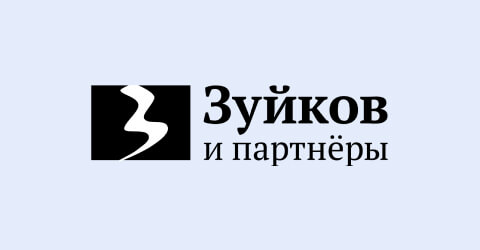Services


Trademark Search
and Clearance
Search Onlineand Clearance

Leading IP Firm
Our ratings
All goods and services that currently exist on the market, despite their variety, are divided among themselves severely. For the first time this was done back in June 1957 within the framework of the so-called Nice Agreement, the main task of which was to systematize and streamline the common business spaces with regard to the operation and registration of trademarks. For the world economy, which was intensively globalized after the end of World War II, it was one of the most pressing problems.
The first edition of the International Classification of Goods and Services (ICGS) came out in 1963; the last one, the tenth, was published in 2011. Since 2013, the current (with all updates) version of the ICGS has been available on the official website of the World Intellectual Property Organization (WIPO).
The ICGS classes are a totality of goods and services, divided into groups. This division is carried out on the principle of uniformity, similarity of goods and services. Currently, the ICGS contains 45 classes, the first 34 of which (from 1 to 34 inclusive) are goods, and the last 11 ones (from 35 to 45) are services.
The adoption and further use of the ICGS classes has greatly simplified the preparation, drawing up and filing the applications for registration of a trademark, the effect of which, starting since 1957, has been referring only to those goods, which the commercial organization manufactures or plans to manufacture, or to the list of services, which a particular company provides or plans to provide.
That is, the organization engaged in tailoring, must register its trademark in the 25th class. But taking into account all the variety of goods and services, which are present on the market, it was impossible not to neglect the nuances in that matter, which should be taken into account obligatorily when registering a trademark. The first thing to remember is the existence of the so-called correspondent classes. That is, if the company tailored, tailors and plans to tailor only clothing in future, then there is no problem here. But! If the production line of the factory, in addition to trouser suits and skirts, includes accessories and the ladies' handbags additionally, it is advisable to register the company's trademark not only in class 25 (clothing), but also in class 14 (jewelry, costume jewelry, watches) and in class 18 (leather and articles made of it) as well. The situation is similar in the sphere of services, where, for example, restaurants and nightclubs are divided into different classes, but in many respects they provide fairly similar services to the consumers.
The position of the supervisory authorities regarding the ICGS classes and trademarks is changing with the course of time. So, until recently there has been a common position that such groups of goods as clothing and footwear that were not similar to such an extent that two trademarks from these classes of the ICGS could co-exist normally on the market. This was logical to some extent: the operations conditions, materials used and points of sale of clothing and footwear were so different, that it was assumed that the buyer would never confuse the trademark of the manufacturer of footwear and clothing. However, with the course of time more and more clothing manufacturers manufacture the footwear as well, and vice versa. In connection with this, the position of Rospatent has changed.
Proceeding from this, it is advisable to apply a trademark not in one category, but in several categories (at least: basically in correspondent classes) simultaneously. Until recently, there have been frequent cases when the trademarks were registered in 45 classes simultaneously. But after a significant increase in official fees, this practice is a thing of the past. Nevertheless, it is more reasonable to apply for a trademark in several classes than in one class; and this is also true, because it will not be possible to expand the application filed in future. Again, it is not wise to underestimate the possible ingenuity of your colleagues-competitors (you do not want someone near you in the basement to begin to cut backpacks under the same brand name, under which you have been tailoring high-quality clothing for many years, do you?)
But in the issue of the number of the applied ICGS classes, it is better to be guided by the principle of reasonable sufficiency. The problem is that after three years from the date of registration of the trademark, any person can file an application for the termination of the trademark in connection with its non-use. And if the applicant needs confirming his interest, that is, the fact that he is engaged in the similar economic activities, as well as the fact of filing an application for the identical or confusingly similar designation, then the burden of proving the use of the trademark will lie on its right holder. The final decision in this issue shall be made by the Intellectual Property Court. Accordingly, if the company applies and registers its trademark in too many ICGS classes, but it uses it only in some classes, there is a certain probability that in some time some of the ICGS classes for such a trademark will be lost.
According to the principle of its operation, the ICGS classes are somewhat similar to the codes of the Russian Classification of Economic Activities (OKVED), but they are not identical. It is not possible to find 100 percent similarity to the OKVED codes in the ICGS classes, although in practice, we often get such requests from our clients.